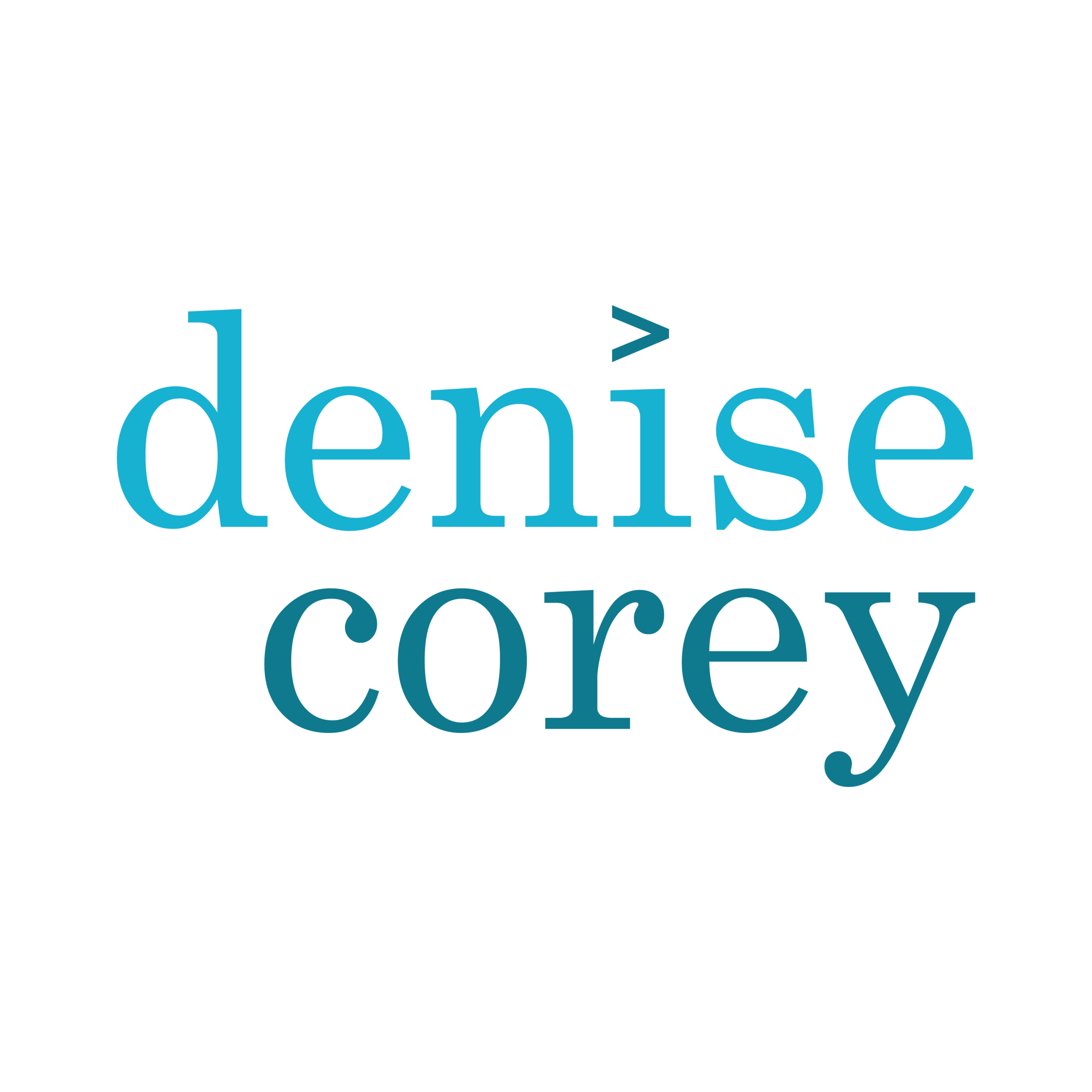You’re ready for a change:
Your job isn’t satisfying— you’re not growing anymore.
Your priorities have evolved.
Your boss is driving you crazy.
You're bored.
You're worried about your firm's future
Careers change for many reasons and finding a new job can seem overwhelming. Coaching will support you as you work through the many steps involved in finding a new job.
We often know why we’re leaving a job, but it might take some time and discussion to define what you’re moving towards. What are you looking for in your next position? What values must be honored, what will you contribute, how will you work, where will you work, and what will the culture be?
Creating of a compelling, understandable narrative to explain what you’ve done in the past, why you want a change and what you hope to do in the future is vitally important and what we tackle first.
This new narrative will help form an updated LinkedIn page and a master resume. I have collected several articles to help you create a strong Linkedin profile and write your resume.
Once Linkedin is up to date, it’s time to start networking using a list of past employers, organizations, industries, and associations. You can read more on networking here. This is a tough next step for many folks but critically important.
All this hard work will lead to interviews and coaching provides a safe place to practice. We’ll craft answers to common questions, including using role plays to practice delivery, and through these exercises, you will gain clarity about how you want to show up.
Once you have an offer, we can work through how to successfully negotiate salary, benefits, and intangible adjustments to improve this offer.
If you need help polishing and formatting your professional image? Counihan Editing [https://www.counihanediting.com/] can help! She provides resume and LinkedIn profile editing, as well as website review (beta testing, editing). Contact her directly at counihanediting@gmail.com or via the contact form on my website.
